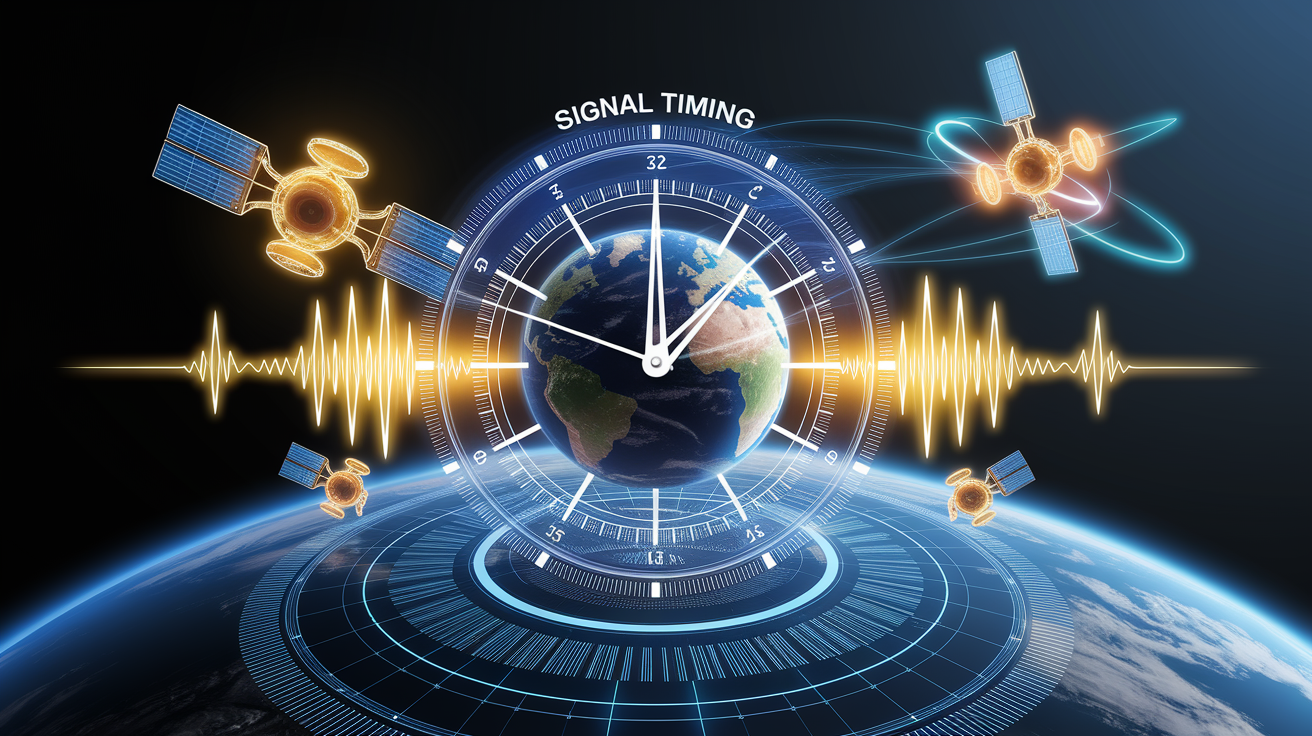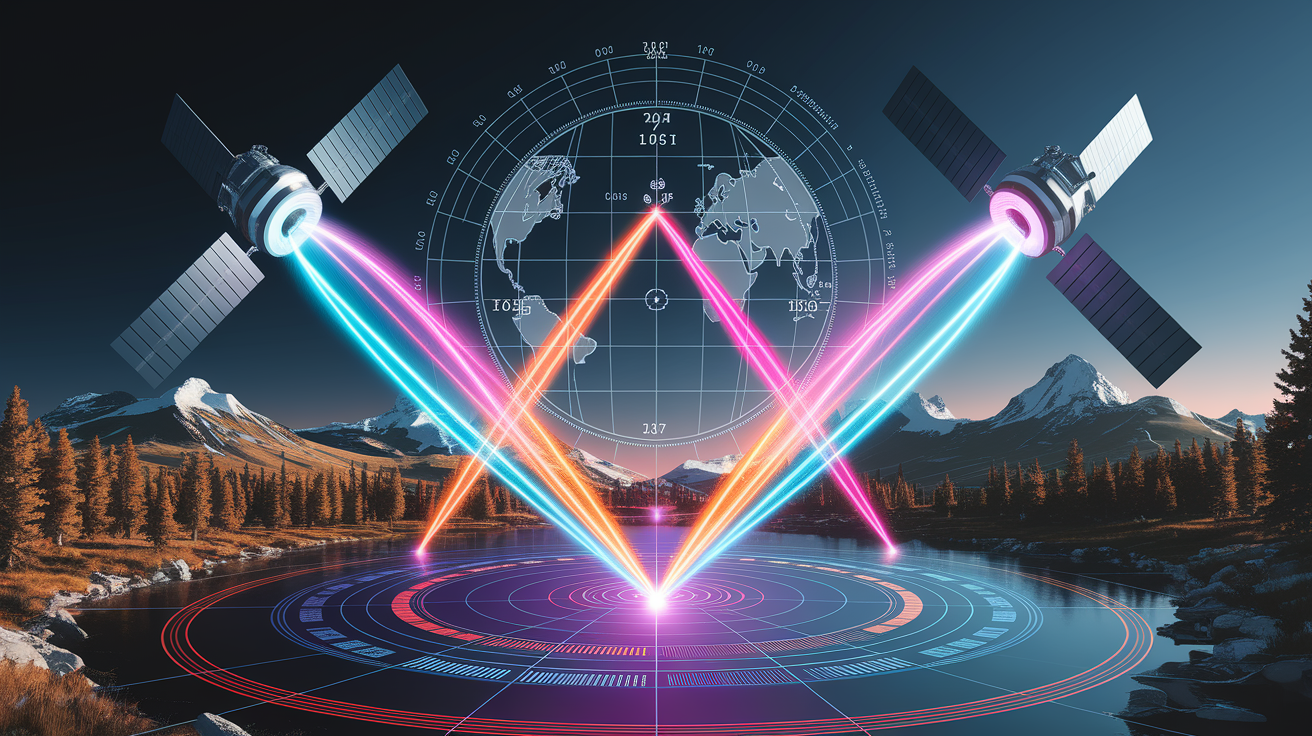Introduction: The Quick GPS Breakdown
The Global Positioning System (GPS) is like having a personal guide that always knows where you are on Earth. It uses a network of satellites, super-accurate clocks, and smart math to figure out your exact position—anywhere, anytime, without internet access. At its core, GPS is all about timing, distances, and some clever geometry.

Satellite Constellation: The Space Network
Think of GPS as a massive team of helpers high above your head. The system uses a constellation of satellites orbiting the Earth at about 20,200 km (12,550 miles) altitude, arranged into six evenly spaced orbital planes. This clever placement ensures at least four satellites are in view from most points on Earth at all times.

- Each satellite circles Earth twice a day, passing over nearly the same spots daily.
- More than 24 satellites are maintained for continuous coverage and better accuracy.
- The orbits are tilted roughly 55 degrees relative to the equator to provide global coverage.
This coordinated network allows GPS receivers to work even in remote locations, from mountaintops to mid-ocean.
Signal Timing: The Heartbeat of GPS
Satellites don’t just hover—they constantly talk to us via invisible messages. Each one sends microwave signals containing both its location and the time the signal was transmitted. These times are measured using atomic clocks on board, which keep time so precisely they barely lose a billionth of a second in years.

This timing is crucial because GPS receivers calculate the distance to each satellite by measuring how long the signal takes to arrive. But just like you need to synchronize watches when timing a race, GPS must ensure perfect time alignment between satellites and receivers for accurate results.
Trilateration: Pinpointing Your Position
GPS doesn’t rely on angles—it finds your location through a process called trilateration. Imagine each satellite’s signal defining a giant sphere with you somewhere on its surface. The intersection of these spheres narrows down your position step by step.

- One satellite: Puts you somewhere on an enormous sphere.
- Two satellites: Your possible location shrinks to a circle where the spheres overlap.
- Three satellites: The intersection narrows to two points—only one of which is on Earth’s surface.
- Four satellites: Provides altitude and corrects for small clock differences in your device.
With at least four satellites, a GPS receiver can find your latitude, longitude, and altitude accurately, plus the exact time.
Accuracy and Applications: Why GPS Works for Everyone
GPS is impressively precise. For everyday devices, accuracy typically falls within 5–10 meters, while specialized or military systems using encrypted signals can pinpoint locations even more tightly. The technology works in all weather, day or night, without any subscription.

Some everyday and specialized uses of GPS include:
- Navigation for cars, ships, and aircraft.
- Location tracking for hikers and explorers.
- Guidance for precision farming equipment.
- Coordinating emergency services to exact coordinates.
- Time synchronization for communication networks and banking systems.
Its versatility and global reach make GPS a backbone of modern life and commerce.
Conclusion: Your GPS Cheat Sheet
In simple terms, GPS works by using a team of orbiting satellites, each carrying precise atomic clocks, to send time-stamped signals to receivers on Earth. By comparing the arrival times of these signals from at least four satellites, your GPS device can figure out exactly where you are—whether in a busy city or an open desert. It’s a blend of space technology, precise timing, and clever math, all quietly working together to guide you wherever you need to go.













